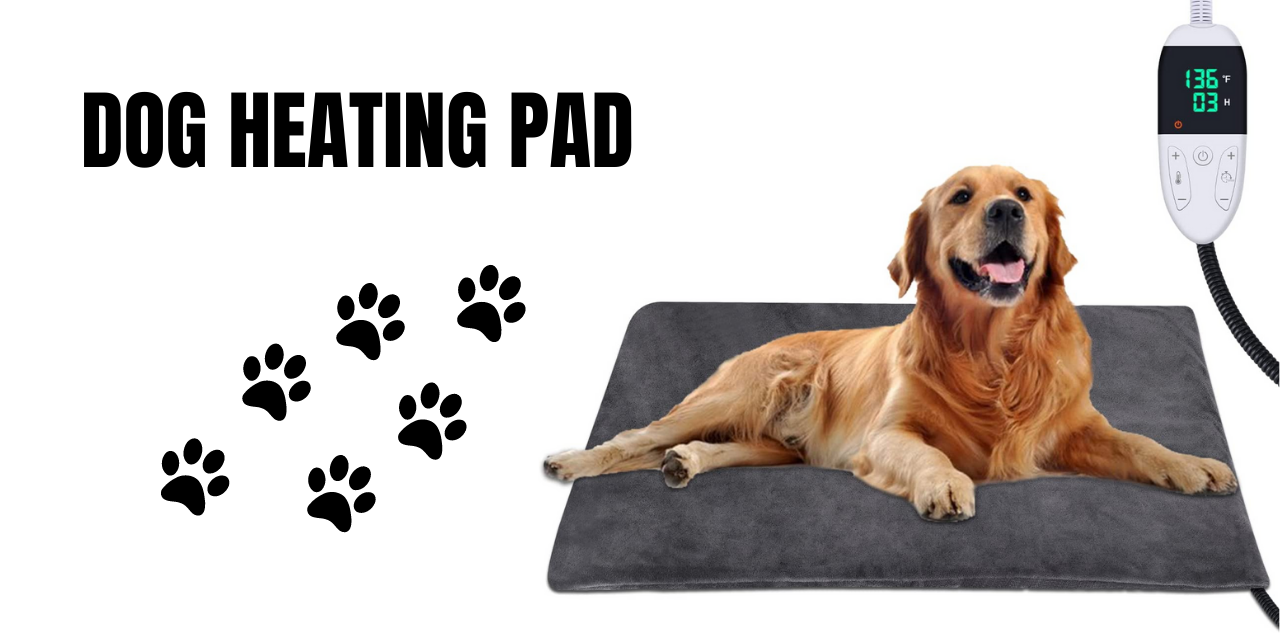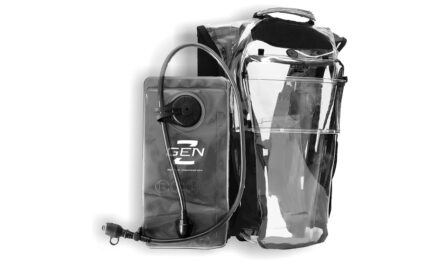A dog heating pad is a device designed to provide warmth and comfort to dogs, either in their home or outdoors. These pads can come in various shapes, sizes, and heating mechanisms, and can be used to help keep your dog comfortable in cold weather, alleviate joint pain and stiffness, provide warmth for pregnant or nursing dogs, improve circulation, or aid in the healing process.
There are several different types of dog heating pads available, including electric pads that use electricity to generate heat, self-warming pads that use your dog’s own body heat to warm up, microwavable pads that can be heated in the microwave before use, and even heated bed covers and outdoor pads.
When selecting a dog heating pad, it’s important to consider the size and shape of the pad, as well as any features that may be important to you, such as temperature control, waterproofing, and durability. It’s also important to determine the right temperature for your dog and to monitor its behavior and comfort level when using the pad.
In this blog, we will delve into the various types of dog heating pads available, how they work, how to choose the right one for your dog, and how to use it safely and effectively.
No products found.
How do dog heating pads work?
There are several different heating mechanisms used in dog heating pads, including electric, self-warming, and microwavable pads.
Electric dog heating pads use electricity to generate heat, and typically come with a temperature control feature that allows you to adjust the heat level. These pads can be plugged into an outlet or run on battery power, and are typically made from a waterproof material to prevent accidents. Some electric pads also come with a timer or automatic shut-off feature for added safety.
Self-warming pads use your dog’s own body heat to warm up. These pads are typically made from a combination of materials that reflect and retain your dog’s body heat, such as metalized insulation and thermal foam.
Microwavable pads can be heated in the microwave before use. These pads are usually filled with materials such as grains, beans, or rice that retain heat when microwaved. They can provide temporary warmth, but the heat will eventually dissipate over time.
It’s important to note that all dog heating pads, regardless of the heating mechanism, should be used with caution and care. It’s a good idea to follow the manufacturer’s instructions for use and to monitor your dog’s behavior and comfort level when using the pad. If you have any concerns about the safety of a dog heating pad, it’s always a good idea to consult with your veterinarian.
Types of dog heating pads
There are several different types of dog heating pads available, including:
- Electric dog heating pads: These pads use electricity to generate heat and typically come with a temperature control feature. They can be plugged into an outlet or run on battery power, and are often made from waterproof material.
- Self-warming dog heating pads: These pads use your dog’s own body heat to warm up, and are typically made from a combination of materials that reflect and retain your dog’s body heat.
- Microwavable dog heating pads: These pads can be heated in the microwave before use and are usually filled with materials such as grains, beans, or rice that retain heat when microwaved. They can provide temporary warmth, but the heat will eventually dissipate over time.
- Heated bed covers: These are blankets or sheets that are designed to fit over your dog’s bed and provide warmth. They are typically electric and come with a temperature control feature.
- Outdoor heated pads: These pads are designed for use outside and can be used to provide warmth for dogs in kennels or dog houses. They may be electric or self-warming and are usually made from waterproof or weather-resistant materials.
It’s important to consider the specific needs and preferences of your dog when selecting a heating pad, as well as the environment in which it will be used. For example, an electric pad may not be suitable for use in a damp or wet environment, while a self-warming pad may not provide enough heat in very cold temperatures.
How to choose the right dog heating pad
When selecting a dog heating pad, there are several factors to consider:
- Size and shape: Make sure the pad is the right size for your dog and will fit in the designated area where it will be used. You’ll also want to consider the shape of the pad, as some dogs may prefer a rectangular pad while others may prefer a circular pad.
- Heating mechanism: Consider whether you want an electric, self-warming, or microwavable pad, and consider the pros and cons of each type. For example, electric pads may provide more consistent heat but may not be suitable for use in damp or wet environments, while microwavable pads may provide temporary warmth but will eventually lose their heat.
- Temperature control: If you opt for an electric pad, look for one that comes with a temperature control feature so you can adjust the heat level to your dog’s comfort.
- Waterproofing: If you plan to use the pad indoors, you may want to look for one that is waterproof or water-resistant to prevent accidents.
- Durability: Look for a pad that is made from high-quality materials and is built to last.
- Ease of use: Consider how easy the pad is to set up and use, as well as any additional features that may be useful, such as a timer or automatic shut-off.
It’s also a good idea to consult with your veterinarian before introducing a dog heating pad to your dog’s routine. They can help you determine the right temperature for your dog and advise you on any potential safety concerns.
Top 10 Best Selling Dog Heating Pads in December 2025
No products found.
How to use a dog heating pad
Here are some general steps for using a dog heating pad:
- Set up the pad: Follow the manufacturer’s instructions for setting up the pad. If using an electric pad, make sure it is plugged in or has fresh batteries, and adjust the temperature to the desired level.
- Place the pad in a designated area: Choose a location for the pad that is out of the way of foot traffic and away from any potential hazards, such as cords or sharp objects.
- Introduce the pad to your dog: Gradually introduce your dog to the pad by allowing them to sniff and explore it. You may need to encourage them to lay on it with treats or toys.
- Monitor your dog’s behavior and comfort level: Keep an eye on your dog while they are using the pad and make any necessary adjustments to the temperature or location of the pad if needed.
- Clean and maintain the pad: Follow the manufacturer’s instructions for cleaning and maintaining the pad. This may include wiping it down with a damp cloth or washing it with mild detergent. Make sure the pad is dry before using it again.
It’s important to use caution and care when using a dog heating pad, and to follow the manufacturer’s instructions for use. If you have any concerns about the safety or effectiveness of the pad, consult with your veterinarian.
Conclusion
In conclusion, a dog heating pad can be a useful tool for providing warmth and comfort to your furry friend. These pads come in various shapes, sizes, and heating mechanisms, and can be used to help keep your dog comfortable in cold weather, alleviate joint pain and stiffness, provide warmth for pregnant or nursing dogs, improve circulation, or aid in the healing process.
When selecting a dog heating pad, it’s important to consider the size and shape of the pad, the heating mechanism, any features such as temperature control and waterproofing, and the specific needs and preferences of your dog. Consult with your veterinarian before introducing a heating pad to your dog’s routine, and follow the manufacturer’s instructions for use and care.
By using a dog heating pad safely and effectively, you can help your dog stay warm and comfortable all year round.















